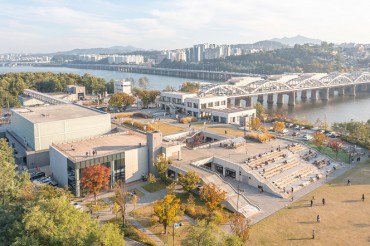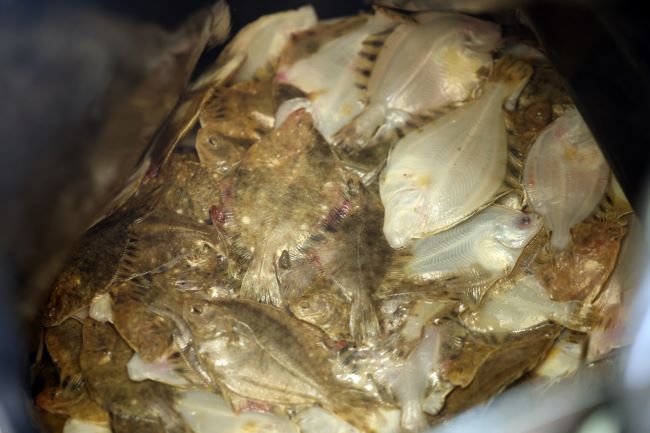
Starry flounder died en masse at a fish farm in Duwon-myeon, Goheung-gun, Jeollanam-do, on the afternoon of 7 August, as the heat wave continued. The photo shows a dead starry flounder.
SEOUL, Aug. 9 (Korea Bizwire) – The relentless summer heat wave in South Korea has taken a devastating toll on the country’s livestock, with more than 500,000 animals reported dead, according to government officials.
The Ministry of the Interior and Safety’s daily National Safety Management report, released on August 9, revealed that from June 1 to August 8, approximately 509,000 farm animals succumbed to the extreme temperatures.
Poultry bore the brunt of the casualties, accounting for about 475,000 of the deaths. The swine industry also suffered significant losses, with around 34,000 pigs perishing in the sweltering conditions.
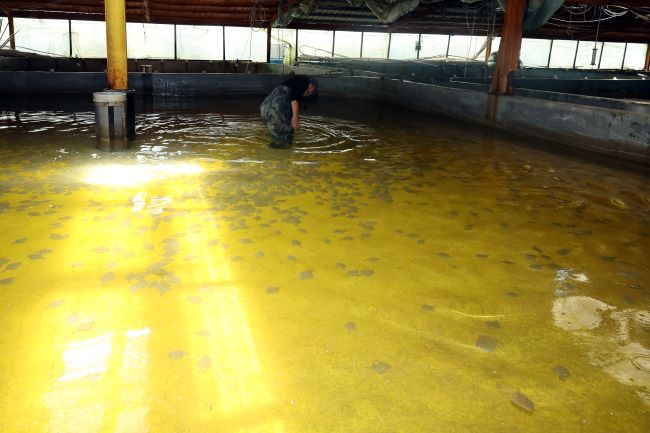
A worker inspects a starry flounder at a fish farm in Duwon-myeon, Goheung-gun, Jeollanam-do, on the afternoon of 7 August, as the heat wave continues.
The heat wave’s impact extended beyond land-based farms, causing considerable damage to aquaculture operations as well. During the same period, about 467,000 fish, including flatfish and olive flounder, died in fish farms across the country.
While the animal toll has been severe, human health concerns have also risen. On August 7, 88 new cases of heat-related illnesses were reported. Fortunately, no fatalities were recorded on that day.
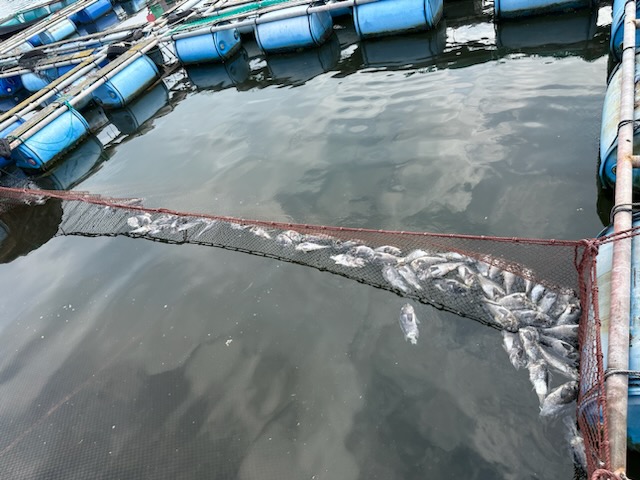
A dead rockfish floats on the surface of the water at a fish farm in Cheonsu Bay on the morning of 5 August.
From May 20 to August 7, the total number of heat-related illnesses reached 2,004 cases, a figure comparable to the same period last year, which saw 2,005 cases.
The government report forecasts that the extreme weather conditions are likely to persist. Most regions across the country are expected to experience maximum heat index values of around 35 degrees Celsius, with many areas facing tropical nights — when temperatures remain above 25 degrees Celsius.
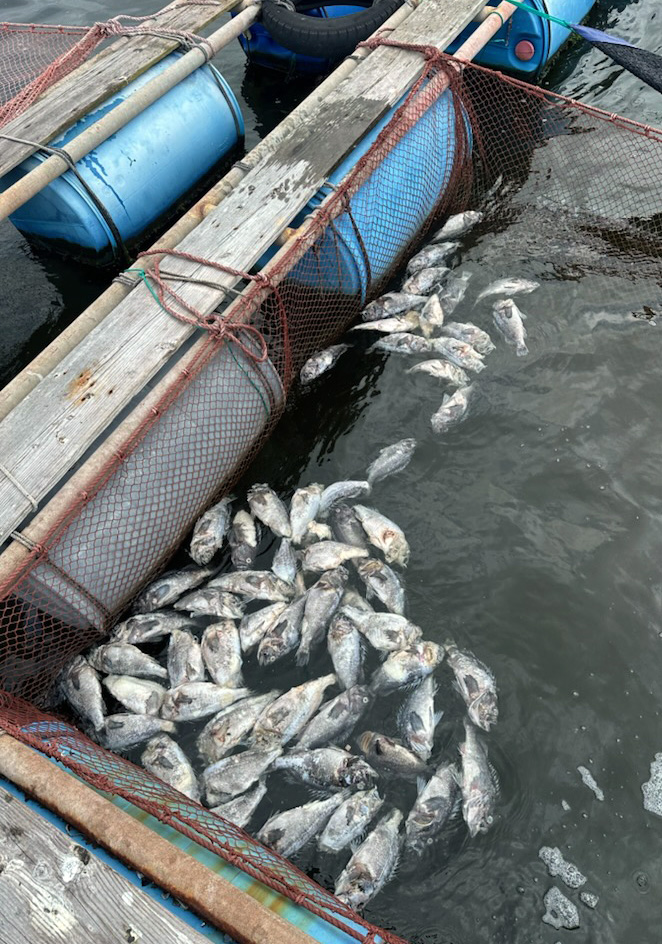
A dead rockfish floats on the surface of the water at a fish farm in Cheonsu Bay on the morning of 5 August.
Additionally, the report warns of potential thunderstorms in some regions until August 10, with localized heavy rainfall that could reach up to 20 millimeters per hour.
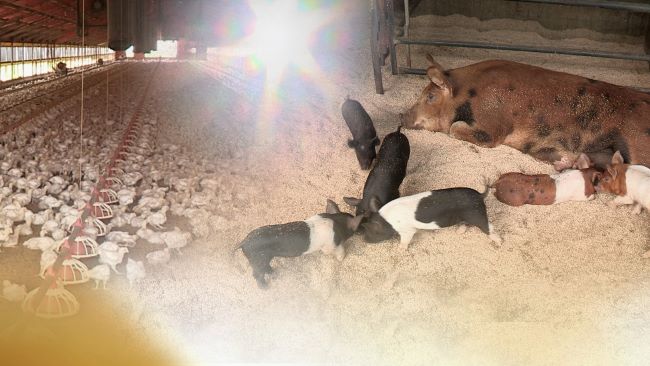
Image credit: Yonhap / photonews@koreabizwire.com



